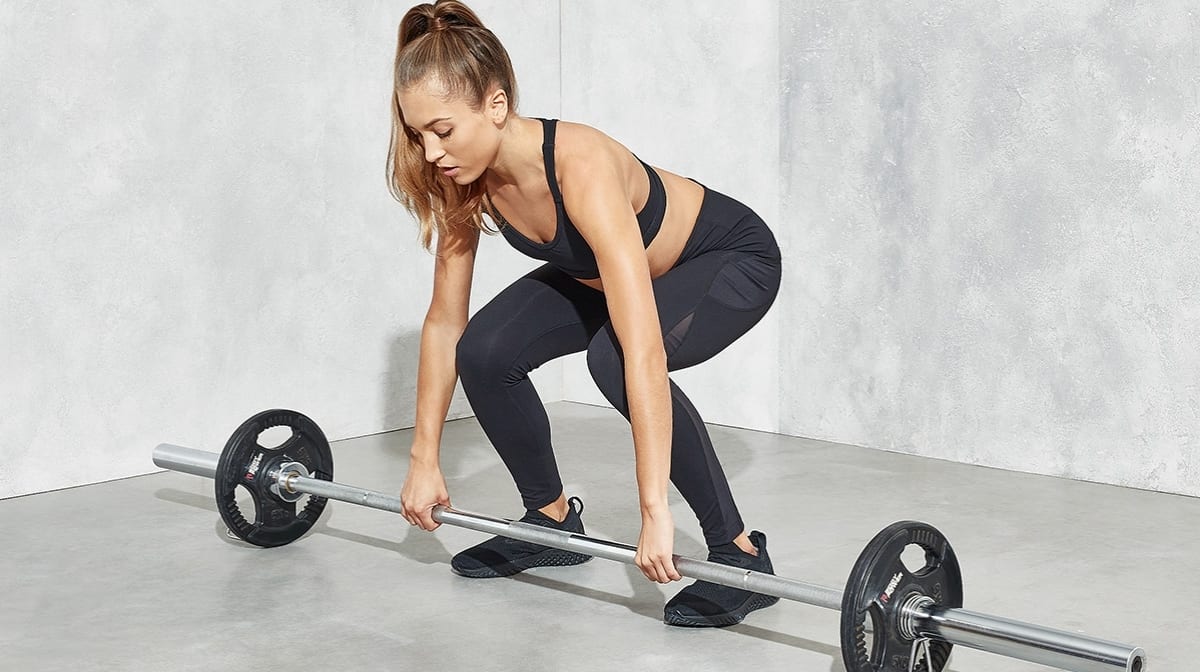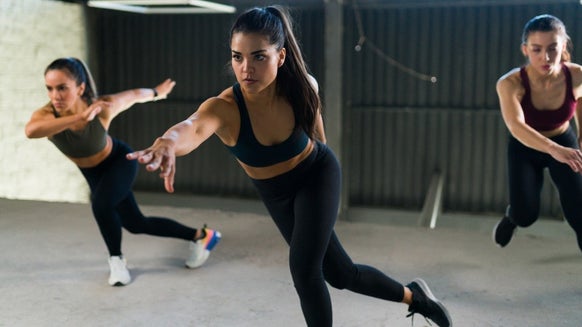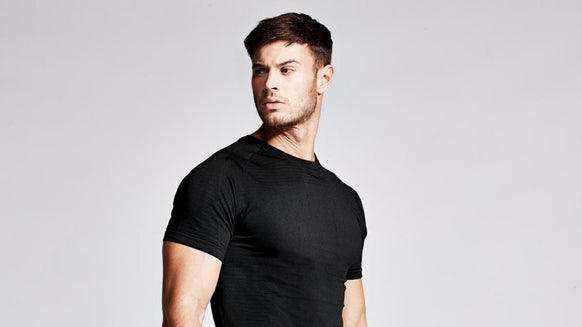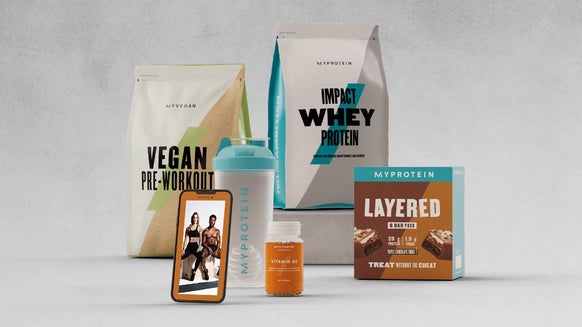
What Is A Rack Pull?
A rack pull, or rack pull deadlift, is a compound lift, meaning that it involves more than one joint and multiple muscle groups to execute the exercise. It involves a deadlift movement, but with a limited range of motion with the weight beginning at knee height.
Some people think of the rack pull as an exercise that may be used to build and develop their deadlift technique and the strength of the muscles involved, while others argue that the rack pull is very much an exercise in its own right. Either way, the exercise builds a foundation for lifting heavier weights with pulling exercises.
Rack Pull Benefits
While you may consider the rack pull a back and lower body exercise, it is an overall workout that burns serious calories and can be used for toning, strengthening, mass muscle building and cardio training.
The muscles worked by the rack pull include your quads, hamstrings, calf muscles, hips, glutes, posterior chain, shoulders and delts. While it caters to building the bigger muscle groups it is also a major core workout as well as grip strengthening exercise.
While the rack pull is viewed negatively by some as a step short of a full, more advantageous deadlift, it offers several benefits to your strength building that you might not have thought of. First of all, there is a lot to be said for partial reps.
Partial reps in any exercise mean that you can load on more weight, which not only builds the muscles involved in that range of movement but also takes you a step closer to improving your one rep max for the full range of movement. So, for example, with the rack pull, because you are not lifting all the way from the floor you will be able to lift a greater weight than you would with a deadlift. You can, therefore, consider this training towards the muscles used in this part of your deadlift.
Rack Pull Form
- Begin with a barbell on a squat rack, positioned just above your knees at thigh height. Your starting position will be standing with your feet shoulder-width apart and your knees bent.
- Grip the bar with one palm facing down and the other palm facing upwards. Keep your shoulders back and your chest out. A good tip is to imagine a Superman/ Wonder Woman emblem on your chest, which should be visible in the mirror at all times.
- Lean forward at your hips and prepare to drive the movement from your heels as opposed to your toes.
- To lift, extend your legs and open your hips, using that force to drive the weight up as you pull upwards and back so that your body locks out. Hold this pose briefly and then return the bar slowly and purposefully to the starting position.
- You should keep your core engaged at all times, and endeavour to maintain an upright torso. Don’t be tempted to jerk the movement and catch the lift at the top position rather than lifting it purposefully, contracting your muscles throughout.
Barbell vs. Dumbbell Rack Pull
Whenever there is a question of dumbbell or barbell exercises, the advantages to be had of each are usually pretty similar. Dumbbells will afford you a more natural range of movement that also means you are building more balanced, symmetrical strength across both sides of your body.
Barbells allow for heavier lifts with the weight distributed across the bar and also mean that you can’t ‘cheat’ and cut corners. Let’s elaborate: a barbell will set you up for working on your deadlift if that is one of the reasons you’re looking at rack pulls. Olympic deadlifts involve a barbell and so this would be a step in the right direction if you are trying to build your strength and technique for the deadlift without going all the way from the floor. The barbell will restrict your movement and keep you from cutting corners as you lift, and because the weight is distributed across the bar you will be able to go heavier.
Dumbbells, however, are for anyone looking at the muscles the rack pull will benefit. We all have a stronger leg and arm, even if it’s a marginal difference in strength, but by working with dumbbells you can ensure that each limb lifts its equal share. This is a good idea for anyone recovering from an injury or training for a sport that requires a versatile range of movement.
Recommended Rack Pull Workout
If you are looking for a slot in your full weekly workout in which to fit the rack pull, consider it an advantageous stepping stone on route to building your deadlift’s one rep maximum. The deadlift isn’t something you rush into without a solid warm up. You don’t ever see a pro lifter march into the gym and hit their one rep max without an injury if they’re lucky. We, therefore, recommend a workout that looks something like this:
Back extensions/ Roman chairlifts: 3 sets of 12 Deadlift: 3 sets of 3 reps on the following weights: 60 percent 70 percent 80 percent Rack pulls: 4 sets of 6-8 reps at 80 percent








